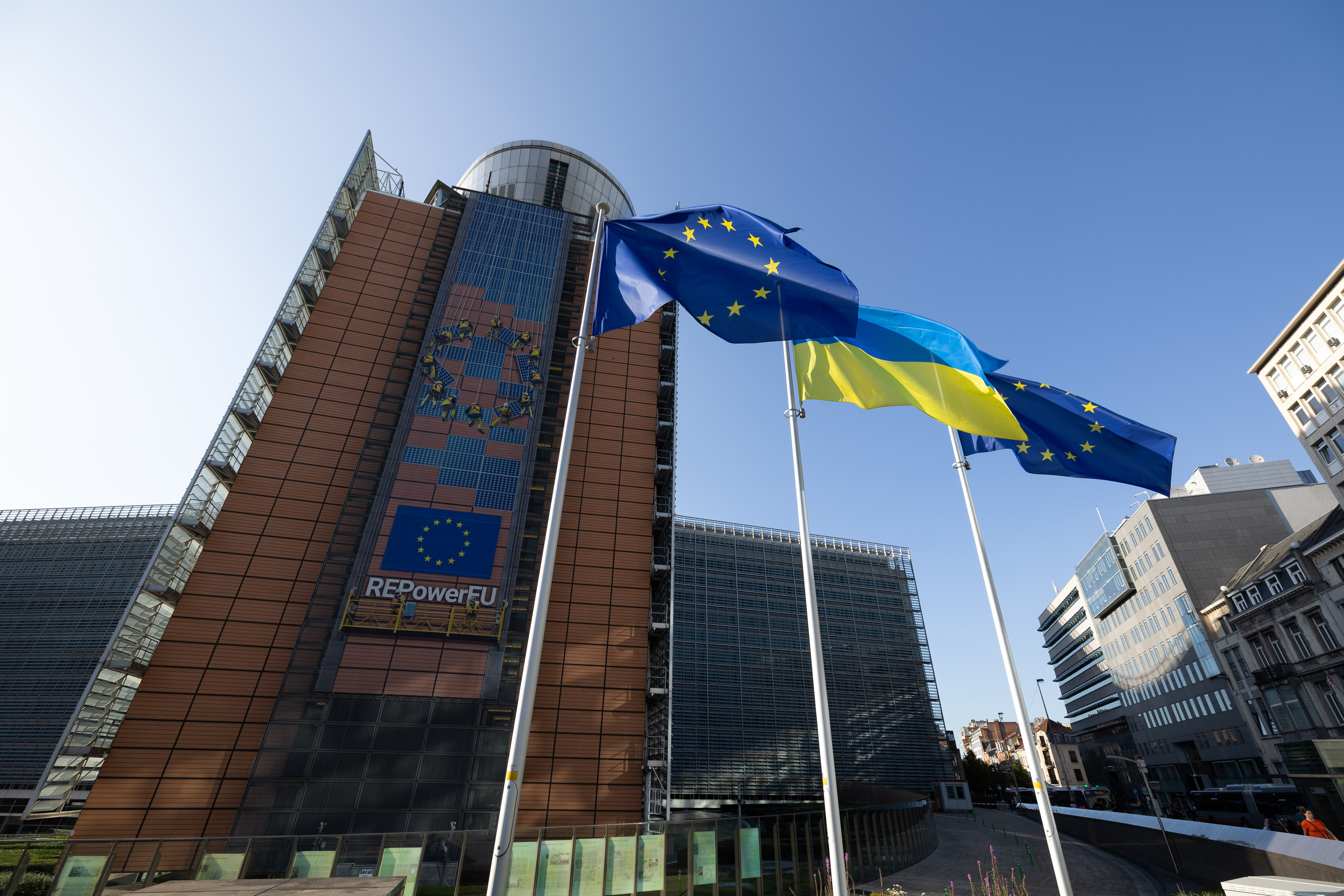Introduction

date: 25/06/2024
Dear readers,
In the first half of 2024 a significant milestone was reached in EU’s journey as an issuer: the amount of outstanding EU Bonds passed for the first time the half a trillion mark. After the completion of the €75 billion funding plan for H1 2024 EU outstanding bonds now stand at €514 billion. Of this amount, around €360 billion has been issued as EU-Bonds under the EU’s unified funding approach, allowing the EU to build a single and highly liquid curve. All future funding needs will be financed through this unified funding approach, allowing us to continue to add further depth and liquidity to this curve.
The proceeds raised have enabled the Commission to respond timely and effectively to new EU policy priorities both inside the EU and its Neighborhood in ways that could not have been possible otherwise. Disbursements to date include €240 billion to Member States under the Recovery and Resilience Facility, in addition to more than €55 billion used to reinforce EU policies. EU-Bond issuance has also allowed the EU to maintain its financing to Ukraine: reinforcing the €18 billion provided as loans in 2023, with a further €8 billion from the €33 billion foreseen under the Ukraine Facility over the period to 2024 - 2027.
At the same time, NGEU Green Bond issuances increased by €12 billion to €60 billion in the first semester of 2024. This has been possible because of the significant increase in the volumes of executed and reported green expenditure by Member States. The increased momentum in implementation of eligible green bond expenditures will allow continued steady expansion of the NGEU Green Bond programme. A further boost to the NGEU Green Bond programme is provided by the increased pool of eligible NGEU Green Bond expenditure to €266 billion (from €190 billion previously) following the reorientation of National Recovery Plans to include a stronger focus on energy diversification.
As NGEU funding enters the second half of its planned lifetime, a number of new funding programmes have been established which will be financed by the EU-Bond issuance programme. In addition to financial assistance for Ukraine, new programmes include the newly agreed Reform and Growth Facility for the Western Balkans (€6 billion) as well as Commission proposals for Macro Financial Assistance programs for Egypt (up to €5 billion) and Jordan (€0.5 billion). These additional funding needs are reflected in the EU’s funding planning for H2 2024, which sets a target of up to €65 billion between July and December, bringing the total funding plan for 2024 to €140 billion. This compares to €120 billion funding volumes in 2023.
The higher amounts to be raised in 2024 are an important step-up in issuance compared to previous years. These EU Bond volumes are expected to increase to €150 – €160 billion per annum in 2025 and 2026 to finance the wider range of EU policy programmes. Higher EU-Bond issuance will be complemented by a progressive increase in EU-Bills providing the additional liquidity when needed. In line with the Commission’s established practice, target issuance volumes will continue to be communicated through the semi-annual funding plans as the policy needs crystallise.
The successful execution of the EU-Bond programme to date has been made possible thanks to the support of a growing investor base coupled with the increased market acceptance of EU bonds as a high quality, large and liquid asset. This has given the EU strong market access even in volatile conditions. The European Commission has taken several steps to consolidate its rapid emergence as a leading issuer of euro-denominated debt. But after 4 years of this transition, there is still a distance to travel. As recent developments on the most appropriate classification of EU Bonds in indices show, parts of the international investor community is still unfamiliar with the dimensions and fundamentals of the EU-Bond issuance programme. The European Commission will continue to roll out the EU-Bond programme, and build the market ecosystem around it, confident that over time legacy market conventions and treatments will adapt to these new market realities.
But first and foremost, our continued success depends on the investor community that are the key actors in this ecosystem. Your feedback and active engagement on our plans can help us to develop the issuance programme in ways that respond to your needs.
Thank you all for your continued support!
The Borrowing and Lending team of the European Commission.
